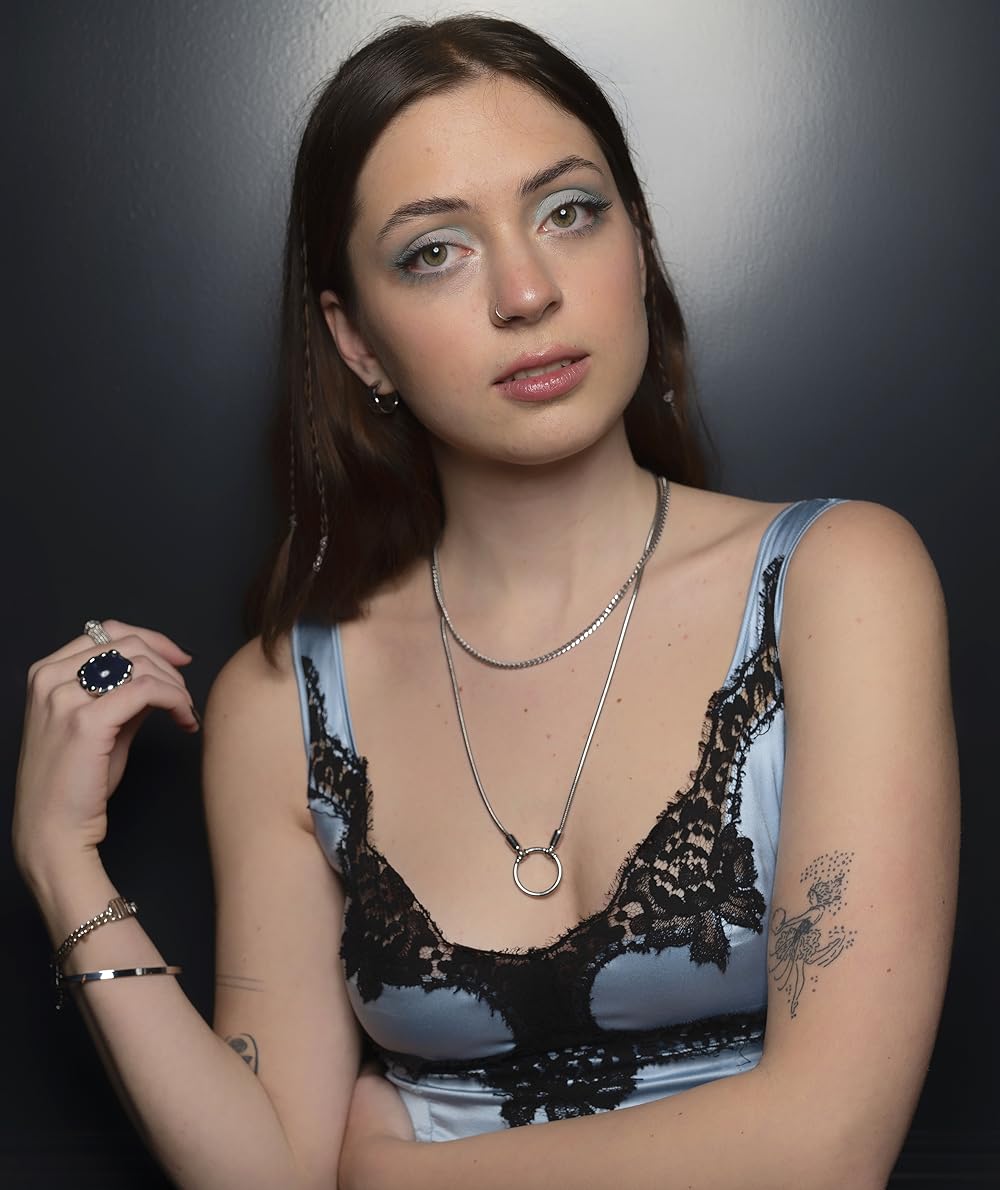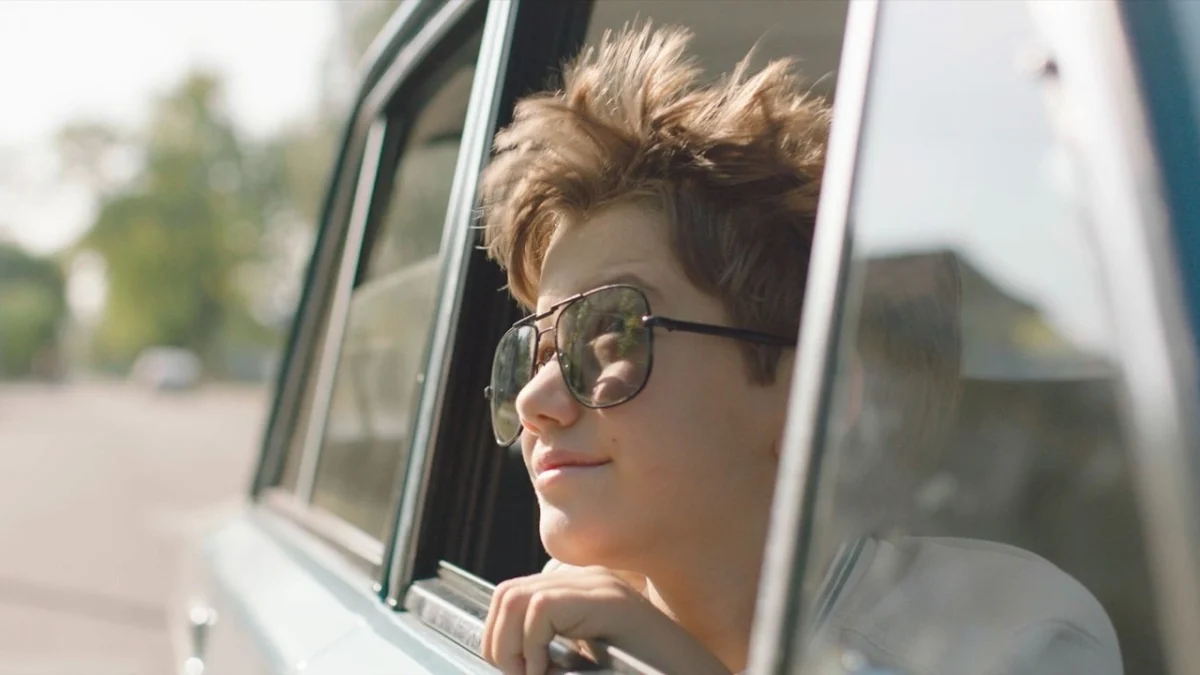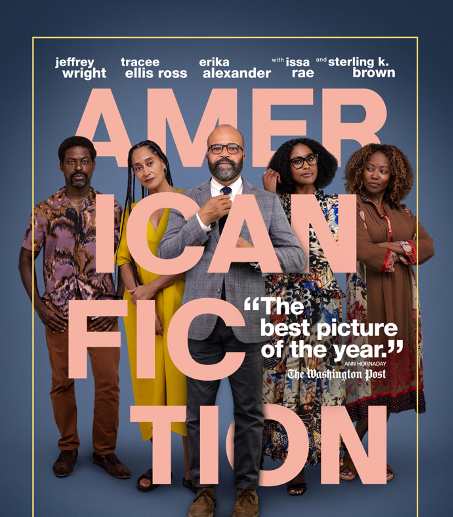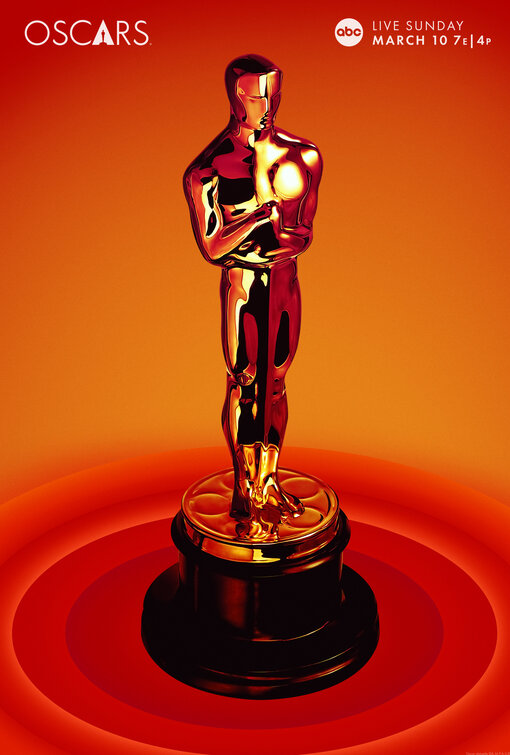
John Carpenter released an album, “Anthology: Movie Themes 1974-1998” on Oct. 20. Chances are you’ve seen a John Carpenter film—he’s like a weirder Spielberg. You may know him for movies like “Escape from New York,” “Starman” and “Big Trouble in Little China”—or more likely, as the director of “The Thing,” “The Fog,” “They Live” and “Halloween.”
The “Halloween” movie was a cultural monster in the late 70s, and along with “The Texas Chainsaw Massacre” and “Psycho,” it created the slasher genre. The 80s were wrought with critic panning and parent organizations—all kinds of monstrous backlash to the films that came after.
But Carpenter’s movies came out unscathed, as they should. “Halloween” is a fantastic movie, and it’s a really smart movie. It’s also one of the few examples of a movie’s director creating the score—the famous “Halloween” theme.
The pitter-patter of the indescribable percussion and the blaring brass section is haunting, but it’s hard to even remember any of that over the piano’s dissonant, scaling minor keys. The opening four bars of the piece keep building this crescendo that never goes anywhere—it’s so unnaturally dissonant, played in 10/8 meter with each measure playing the exact same notes that feel like climbing the exact same stairs to nowhere.
The next eight bars drop pitch on the last two measures, further receding into its minor key. From there the pianist is given more freedom to navigate, but by then it’s already too late. Your ears were so trained on this wonky, unsettling piano that you’re only now noticing the large brass horns blasting and the skittering percussion that sounds like little, tiny claws scratching. Apparently, the whole theme took Carpenter only an hour to write, as he said “I can play just about any keyboard, but I can’t read or write a note.”
That was 1978. “Halloween” was a movie that oozed so much atmosphere it was impossible to sit still from the moment it began. Carpenter’s theme is the first horror theme I always think of. The second is “Saw.” “Saw” is a completely different beast than “Halloween.” It’s more thriller than it is horror—a mystery movie whose breakneck pace comes from the gritty scenario the two leads find themselves in.
“Saw” itself has become a different beast from when it started. The first is no more gory or twisted than a David Fincher film, just far more tense. The film intercuts between the two in the grizzly bathroom and a team of police investigating the trail of a serial killer.
Whereas Carpenter’s theme is a foreboding sense of dread, Charles Clouser’s theme “Hello Zepp” plays most famously at the end of the film, when director James Wan pulls the curtain for the big reveal. The theme serves to communicate and amplify the horrific twist.
The track builds and builds until it crescendos over the three final minutes, as Jigsaw’s message plays over prior clips cut and arranged. The movie never explicitly narrates what the twist is, but shows you all the evidence before Jigsaw makes his final appearance. “Hello Zepp” drives forward in a D minor melody, mostly played on strings but shared across other instruments as the piece becomes bigger and bigger toward the end.
It starts small though, with percussion very similar to that of “Halloween,” that pans around, in and out of the foreground. The smaller, moot version of the full melody is already being played, developing the motif but calling no attention to itself—like the truth in plain sight. Long violin strings kick the ball into motion.
The song will actually make space for audio from the film to slot itself in, with both the film and the music acting to turn the entire story on its head. The piece gets bigger and bigger, finding the melody and then building it up. The audience feels more and more dread as the image becomes clearer. In the last 10 seconds, once the mystery is revealed and Jigsaw and the chained man stare face to face, his fate is swiftly delivered with explosively intense drums as the melody reaches its final climax- “game over.”
Not even full pieces, but just sounds have become iconic. “Friday the 13th”’s famous “Ki-ki-ki ma-ma-ma” when Jason slowly walks around the cabins of Crystal Lake, composed by Harry Manfredini. The famous violin stings when Norman Bates pulls the shower curtain in Hitchcock’s “Psycho.” The clicks, gurgles and otherworldly sounds from Linda Blair as Regan in “The Exorcist.” Directors, composers, editors and mixers play with sounds to create what’s unnerving, otherworldly—things that, because they don’t sound ‘right,’ we don’t feel ‘right.’ Syncopation is an important tool—something that breaks pacing and expectation. There’s also dissonance—not just breaking expectation but creating contrast, sounding like something that just shouldn’t be.
These are tools that create atmosphere; when Jamie Lee Curtis walks home with her friend’s and swears someone is stalking her, or when Sigourney Weaver thinks she’s finally escaped with Jones from the Nostromo. Horror is a balancing game of tension, of what we can see and what we can hear. And real horror is found in those moments where we are seeing and hearing something that just shouldn’t be.
Matthew Joseph can be reached at [email protected].


















